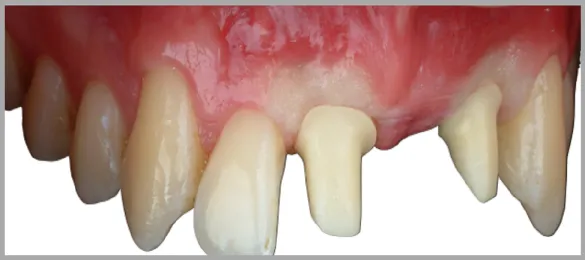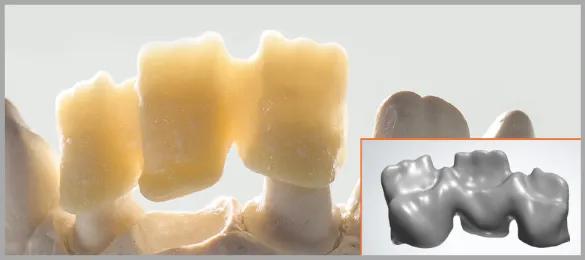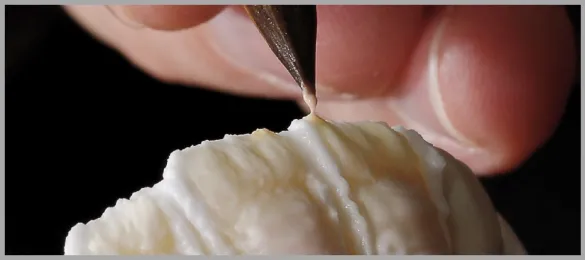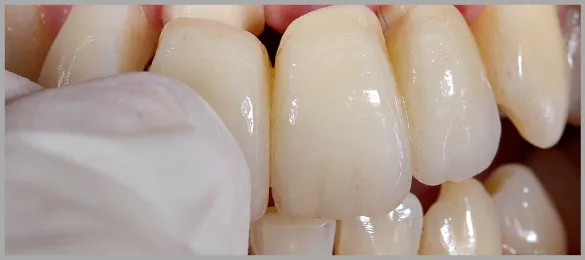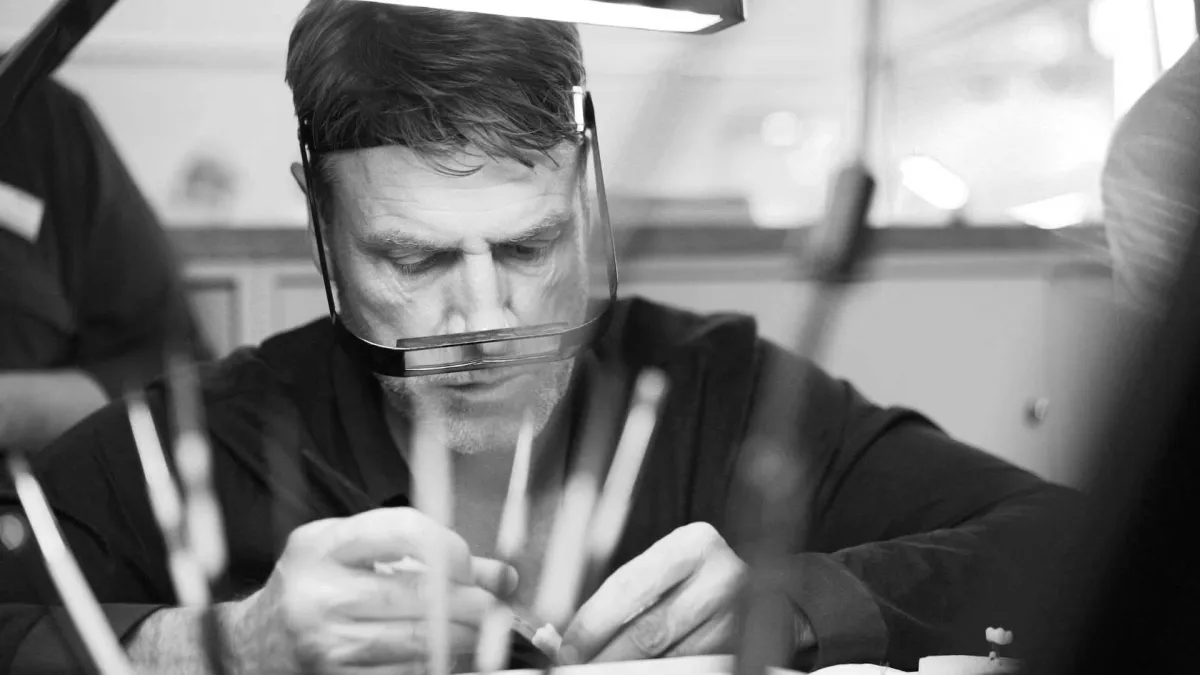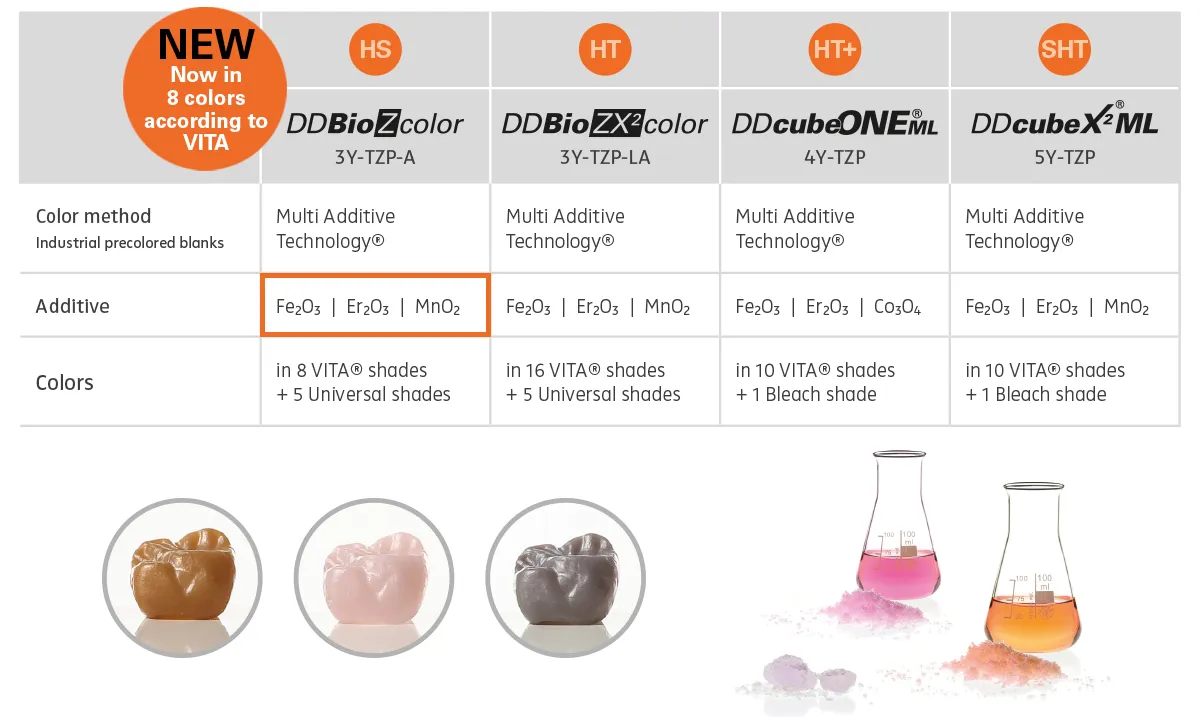Dental zirconium oxide in all its facets, different translucencies and strengths is always a high-performance ceramic. Even the term of high-performance ceramic describes the opposite of a "dusty" classic.
In 2010 the first DD Bio Z blanks from our own production in Spenge (OWL) came off the production line. On the occasion of the 10th anniversary of this product line one can therefore perhaps speak of an innovation classic. The proven 3Y TZP-A material type, in which 3mol% ytrrium oxide (Y₂O₃) and a small addition of aluminium oxide (0.25 wt% Al₂O₃) provide a high-strength, tetragonal microstructure, has not lost its popularity over time.
Despite the trend towards monolithic restorations and increased translucency in zirconium oxide, our production volume of the opaque DD Bio Z has increased steadily over the years (Fig.1). A concept with a product life of more than 10 years in the digital age has to distinguish something special.
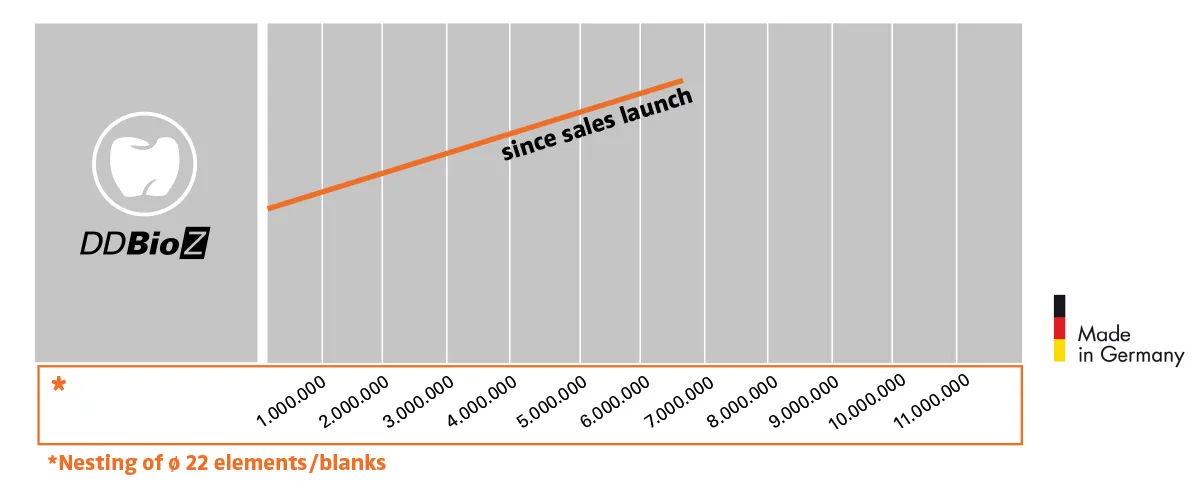
Fig. 1: Development of the number of clinically used elements since market launch
Due to the long lasting success and still increasing usage figures we conclude that every ZrO₂- type has its right to exist. Working with a material mix that is adapted to the individual dental technique and laboratory positioning can make a lot of sense.
DD Bio Z not only qualify the best mechanical properties in the product group, but also the fact that a material with high opacity can be of aesthetic benefit. This insight has also been confirmed in the exchange with Andreas Nolte (enamelum et dentinum, Münster), who developed our color and texture system DD contrast® - a system developed for the efficient and aesthetic individualization of monolithic restorations. The interaction of the high translucency of the DD cubeX²® and DD cube ONE® zirconium oxides with the colors and textures of DD contrast® defines a new aesthetic of veneer-free restorations.
For full veneers Andreas Nolte likes to use the higher opacity and optical density of materials such as DD Bio Z as a framework base. Andreas Nolte imparts his knowledge of natural and authentic layering in courses and workshops in his dentinum et enamelum laboratory in the beautiful city of Münster. With his philosophy on anterior aesthetics, he creates masterpieces of craftsmanship that have made a lasting impression on us. DD Bio Z is the ideal material for implant-prosthetic restorations for hybrid abutments on Ti- adhesive bases.
Multi Additive Technology - the update for the classic
DD Bio Z now in 8 colors according to VITA classical A1 to D4® - produced in the Multi Additive Process.






